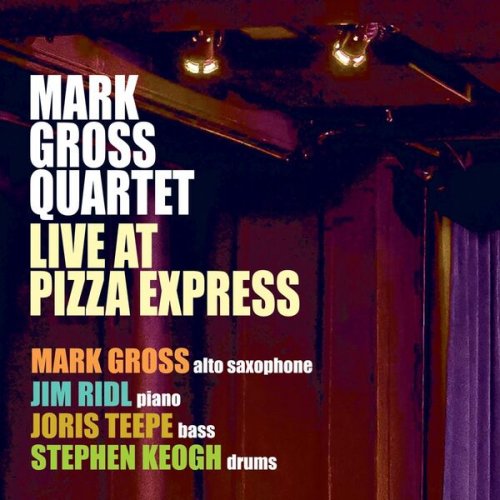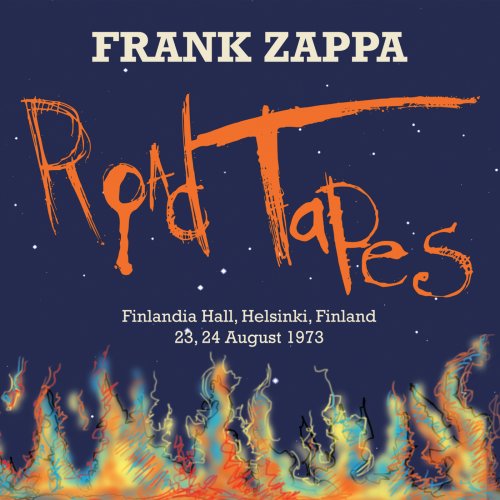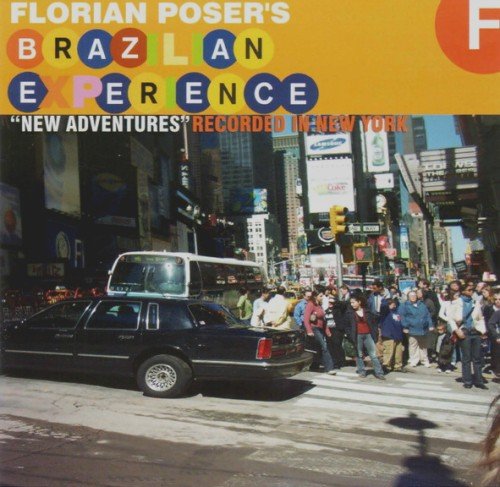David Oistrakh - Listening to David Oistrakh (2022)
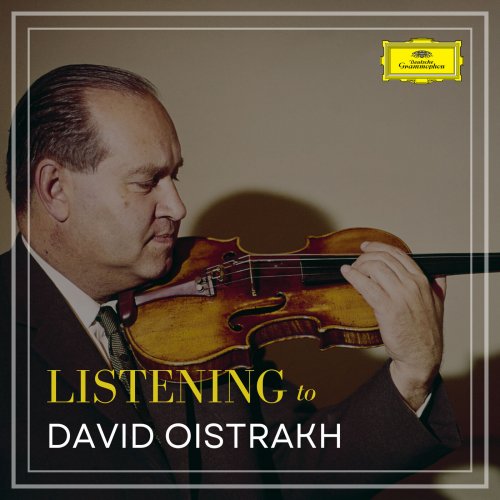
Artist: David Oistrakh, Igor Oistrakh, Vladimir Yampolsky, Hans Pischner, Lev Oborin, Kirill Kondrashin, Eugène Goossens
Title: Listening to David Oistrakh
Year Of Release: 2022
Label: UMG Recordings, Inc.
Genre: Classical
Quality: FLAC (tracks)
Total Time: 8:45:15
Total Size: 2.12 GB
WebSite: Album Preview
Tracklist:Title: Listening to David Oistrakh
Year Of Release: 2022
Label: UMG Recordings, Inc.
Genre: Classical
Quality: FLAC (tracks)
Total Time: 8:45:15
Total Size: 2.12 GB
WebSite: Album Preview
01. No. 4 in A Minor
02. I. Allegro moderato
03. 1. Allegro
04. No. 5 in E Major
05. I. Adagio
06. Sarasate: Navarra for Two Violins, Op. 33
07. I. Vivace
08. III. Andante espressivo - attacca
09. Paganini: Variations On The G String On A Theme From Rossini's "Moses"
10. I. Allegro
11. 3. Allegro
12. No. 5 In E Major
13. II. Largo
14. 3. Alla breve
15. No. 2
16. 3. Allegro
17. IV. Vivace
18. No. 3
19. Kreisler: La Gitana
20. 1. Sonata for Violin and Harpsichord No. 5 in F Minor, BWV 1018
21. Sarasate: Zortzico (Spanish Dance)
22. 1. Vorspiel (Allegro moderato)
23. IV. Allegro
24. III. Adagio
25. 1. Moderato
26. III. Allegro
27. IV. Presto
28. III. Adagio
29. Ravel: Tzigane
30. III. Finale (Allegro vivacissimo)
31. 4. Presto
32. I. Adagio
33. 3. Vivace giocoso
34. 1. Andante - Allegro
35. No. 2 in E Flat Major
36. III. Allegro
37. 2. Largo
38. 1. Adagio
39. 2. Allabreve
40. III. Allegro assai
41. II. Allegro
42. II. Allegro
43. I. Allegro
44. V. Allegro
45. IV. Allegro
46. 2. Arioso
47. 2. Andante - Tempo I
48. III. Andante un poco
49. 2. Scherzo. Vivacissimo
50. III. Allegro assai
51. 3. Allegro
52. 1. Allegro molto e con brio
53. IV. Allegro
54. III. Andante
55. Beethoven: Violin Romance No. 2 in F Major, Op. 50
56. 1. Adagio
57. II. Allegro
58. 3. Allegro
59. II. Andante
60. 2. Adagio
61. I. Siciliano (Largo)
62. III. Finale (Presto)
63. 1. Andantino
64. II. Adagio
65. 3. Allegretto - Allegro molto vivace
66. 2. Andantino cantabile
67. III. Adagio ma non tanto
68. 1. Moderato
69. 3. Finale (Allegro energico)
70. II. Canzonetta (Andante)
71. IV. Adagio
72. II. Allegro
73. 2. Larghetto
74. II. Adagio
75. Beethoven: Violin Romance No. 1 in G Major, Op. 40
76. III. Allegro risoluto - Allegro molto - Tempo rubato - Moderato - Meno mosso - Moderato
77. II. Andante
78. II. Largo ma non tanto
79. Glazunov: Mazurka-Oberek
80. IV. Finale. Allegro con brio
81. II. Allegro molto - Tema con variazioni
82. 2. Andante
83. Wieniawski: Legende, Op. 17
84. 3. Moderato
85. III. Allegro giocoso, ma non troppo vivace - Poco più presto
86. I. Allegro
87. 1. Allegro molto appassionato
88. I. Allegro
89. Ysaÿe: Poeme Elegiaque, Op. 12
90. Chausson: Poème, Op. 25
David Oistrakh is considered the premiere violinist of mid-20th century Soviet Union. His recorded legacy includes nearly the entire standard violin repertory up to and including Prokofiev and Bartók. Oistrakh's violin studies began in 1913 with famed teacher Pyotr Stolyarsky. Later he officially joined Stolyarsky's class at the Odessa Conservatory, graduating in 1926 by playing Prokofiev's First Violin Concerto. Performances of the Glazunov concerto in Odessa and Kiev in 1927, and a 1928 debut in Leningrad (Tchaikovsky concerto), gave Oistrakh the confidence to move to Moscow. He made his premiere there in early 1929, but the event went largely unnoticed. In 1934, however, after several years of patiently refining his craft, Oistrakh was invited to join the Moscow Conservatory, eventually rising to the rank of full professor in 1939.
Meanwhile, Oistrakh was gaining success on the competition circuit, winning the 1930 All-Ukrainian contest, and the All-Soviet competition three years later. In 1935 he took second prize at the Wieniawski competition. In 1937 the Soviet government sent the now veteran violinist to Brussels to compete in the International Ysaÿe Competition, where he took home first prize.
With his victory in Brussels, Soviet composers began to take notice of their young compatriot, enabling Oistrakh to work closely with Myaskovsky and Khachaturian on their concertos in 1939 and 1940, respectively. In addition, his close friendship with Shostakovich led the composer to write two concertos for the instrument (the first of which Oistrakh played at his, and its, triumphant American premiere in 1955). During the 1940s Oistrakh's active performing schedule took him across the Soviet Union but his international career had to wait until the 1950s, when the political climate had cooled enough for Soviet artists to be welcomed in the capitals of the West.
The remaining decades of Oistrakh's life were devoted to maintaining the highest possible standards of excellence throughout an exhausting touring schedule (he returned to the U.S. six times in the 1960s), and he began a small but successful sideline career as an orchestral conductor. His death came suddenly in Amsterdam in 1974, during a cycle of Brahms concerts in which he both played and conducted. Oistrakh's unexpected death left a void in the Soviet musical world which was never really filled.
Throughout his career David Oistrakh was known for his honest, warm personality; he developed close friendships with many of the leading musicians of the day. His violin technique was virtually flawless, though he never allowed purely physical matters to dominate his musical performances. He always demanded of himself (and his students) that musical proficiency, intelligence, and emotion be in balance, regardless of the particular style. Oistrakh felt that a violinist's essence was communicated through clever and subtle use of the bow, and not through overly expressive use of vibrato. To this end he developed a remarkably relaxed, flexible right arm technique, capable of producing the most delicate expressive nuances, but equally capable of generating great volume and projection.
As a teacher, David Oistrakh maintained that a teacher should do no more than necessary to help guide the student toward his or her own solutions to technical and interpretive difficulties. He rarely played during lessons, fearing that he might distract the student from developing a more individual approach, and even encouraged his students to challenge his interpretations. Perhaps the best evidence of the Oistrakh's gift for teaching is that he felt that he gained as much from the teaching experience as his students did. ~ Blair Johnston
Meanwhile, Oistrakh was gaining success on the competition circuit, winning the 1930 All-Ukrainian contest, and the All-Soviet competition three years later. In 1935 he took second prize at the Wieniawski competition. In 1937 the Soviet government sent the now veteran violinist to Brussels to compete in the International Ysaÿe Competition, where he took home first prize.
With his victory in Brussels, Soviet composers began to take notice of their young compatriot, enabling Oistrakh to work closely with Myaskovsky and Khachaturian on their concertos in 1939 and 1940, respectively. In addition, his close friendship with Shostakovich led the composer to write two concertos for the instrument (the first of which Oistrakh played at his, and its, triumphant American premiere in 1955). During the 1940s Oistrakh's active performing schedule took him across the Soviet Union but his international career had to wait until the 1950s, when the political climate had cooled enough for Soviet artists to be welcomed in the capitals of the West.
The remaining decades of Oistrakh's life were devoted to maintaining the highest possible standards of excellence throughout an exhausting touring schedule (he returned to the U.S. six times in the 1960s), and he began a small but successful sideline career as an orchestral conductor. His death came suddenly in Amsterdam in 1974, during a cycle of Brahms concerts in which he both played and conducted. Oistrakh's unexpected death left a void in the Soviet musical world which was never really filled.
Throughout his career David Oistrakh was known for his honest, warm personality; he developed close friendships with many of the leading musicians of the day. His violin technique was virtually flawless, though he never allowed purely physical matters to dominate his musical performances. He always demanded of himself (and his students) that musical proficiency, intelligence, and emotion be in balance, regardless of the particular style. Oistrakh felt that a violinist's essence was communicated through clever and subtle use of the bow, and not through overly expressive use of vibrato. To this end he developed a remarkably relaxed, flexible right arm technique, capable of producing the most delicate expressive nuances, but equally capable of generating great volume and projection.
As a teacher, David Oistrakh maintained that a teacher should do no more than necessary to help guide the student toward his or her own solutions to technical and interpretive difficulties. He rarely played during lessons, fearing that he might distract the student from developing a more individual approach, and even encouraged his students to challenge his interpretations. Perhaps the best evidence of the Oistrakh's gift for teaching is that he felt that he gained as much from the teaching experience as his students did. ~ Blair Johnston
Related Releases:
Listening to Grieg
Listening to Dvořák
Listening to Bruckner
Listening to Béla Bartók
Listening to Shostakovich
Listening to Arnold Schoenberg
Listening to Gustav Holst and more
Listening to Grieg
Listening to Dvořák
Listening to Bruckner
Listening to Béla Bartók
Listening to Shostakovich
Listening to Arnold Schoenberg
Listening to Gustav Holst and more
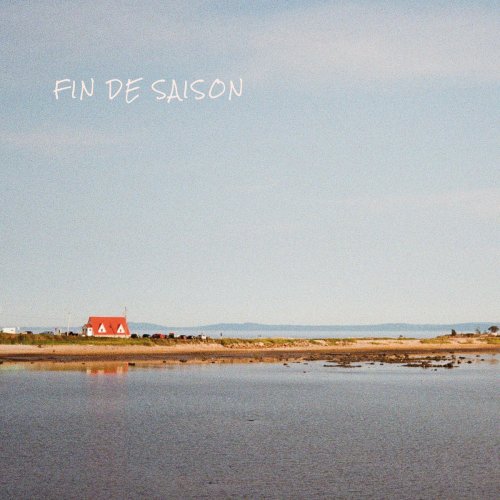
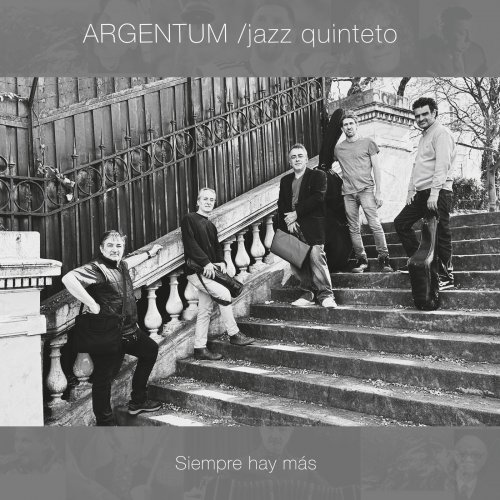

![Tim Kliphuis, Maya Fridman, Marc van Roon - Kosmos (2025) [Hi-Res] Tim Kliphuis, Maya Fridman, Marc van Roon - Kosmos (2025) [Hi-Res]](https://www.dibpic.com/uploads/posts/2025-12/1765893448_folder.jpg)
